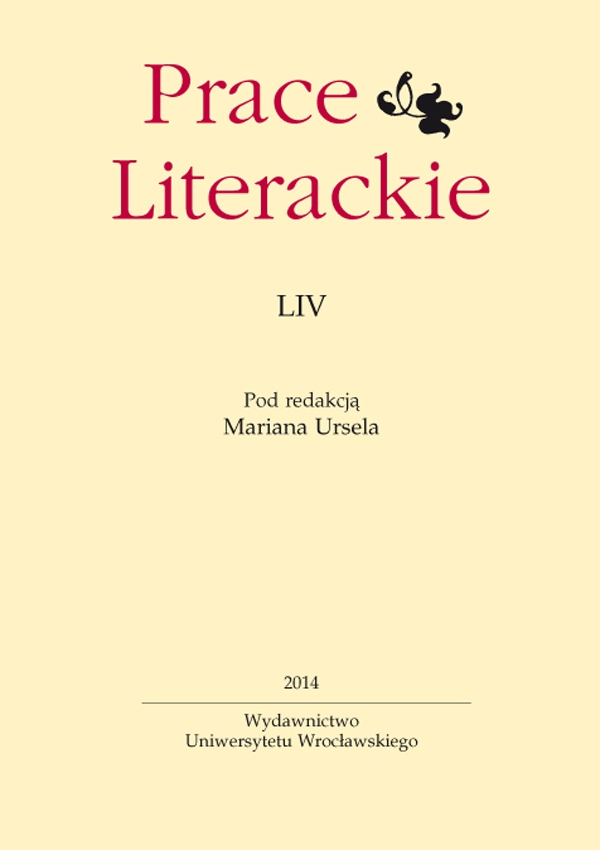

Artykuły

Komandor’s Death by Tomasz Łubieński and the stony guest’s myth in seventeenth-century drama Tirso de Molina, Molier
In the first part of my article I try to present the emergence and evolution of the Komandor’s myth and then to define the stony guest as a new type of literary character. By analogy with don Juan and Casanova characters, which as donżuan and casanova permanently entered the language and colloquial speech, I tried to act similarly with reference to Komandor. I determined three criteria which in my opinion define seventeenth-century alive sepulchral figures. These are: material stone, place they come from the netherworld and mission don Juan’s conversion.
In the second part of the article I focused on the Komandor’s Death drama by comparing the form of the stony guest from Tirso de Molina’s and Molier’s dramatic works to Komandor in order to finally deny the possibility of considering the title character of Łubieński’s drama a representative of the specific type of character provided by me.